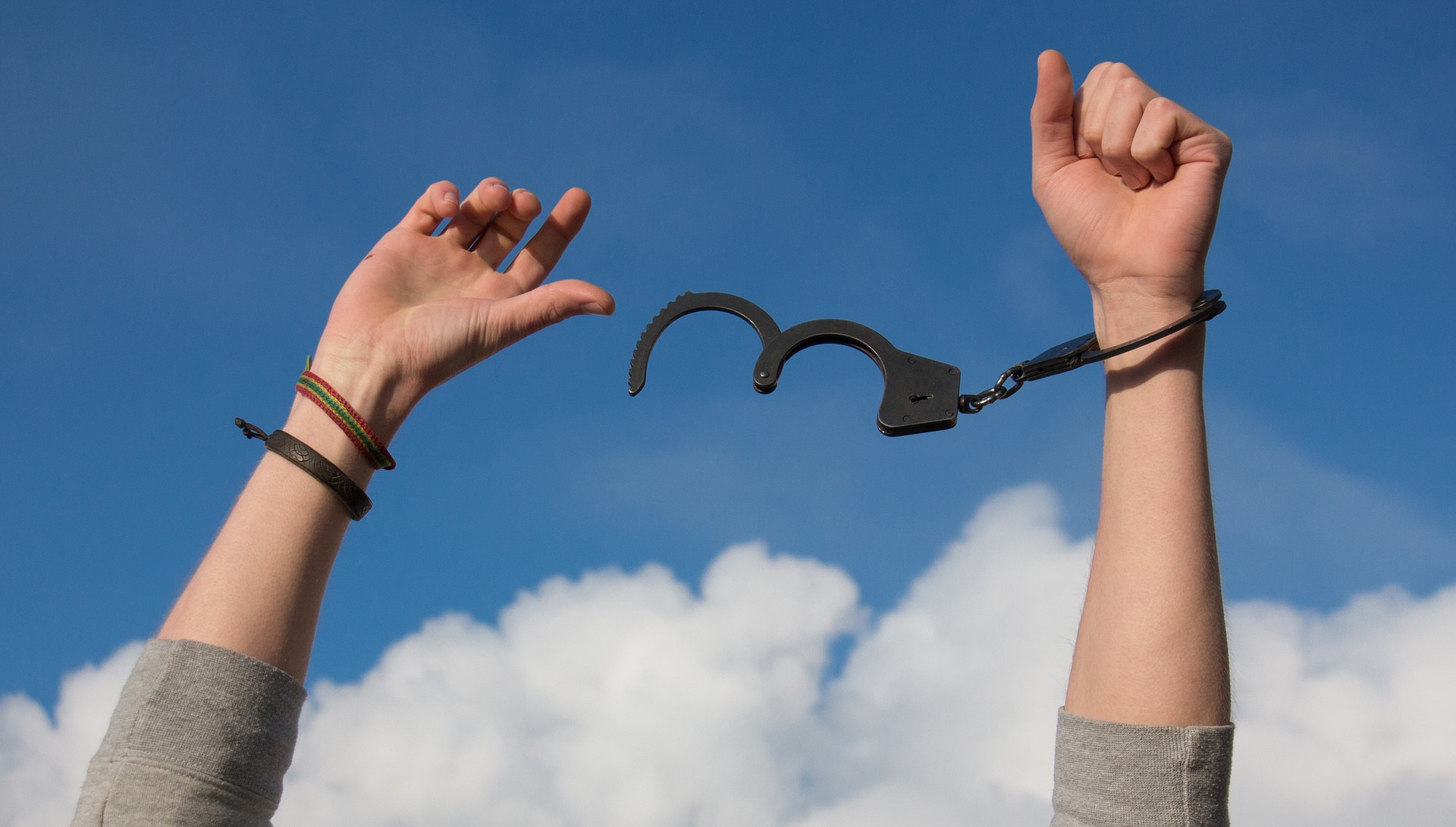‘A cycle that almost guarantees failure’
The following is a guest blog by Kristine Waid on her experiences working at a juvenile detention center and how important improving education is to eliminate the school to prison pipeline.
 Working as a Deputy Juvenile Officer within a juvenile detention center I have seen many teenagers enter the juvenile justice system. Many of these juveniles find themselves behind in school due to behavioral issues. Unfortunately, these juveniles fall only further behind academically once they are involved in the criminal justice system. Because of disciplinary violations, many of these kids find themselves “transitioned” from one school to another. Then, they are steered to alternative programs so that school officials dodge accountability ratings.
Working as a Deputy Juvenile Officer within a juvenile detention center I have seen many teenagers enter the juvenile justice system. Many of these juveniles find themselves behind in school due to behavioral issues. Unfortunately, these juveniles fall only further behind academically once they are involved in the criminal justice system. Because of disciplinary violations, many of these kids find themselves “transitioned” from one school to another. Then, they are steered to alternative programs so that school officials dodge accountability ratings.
It has become apparent to me how vulnerable teens are suspended and as a result cannot catch up in school; this leads to expulsion. It is a cycle that almost guarantees failure. The alternative schools are only three hours a day and those hours include no teacher instruction, although a paid teacher is present. At-risk students who need personalized attention to succeed are denied these critical accommodations and as such, their academic shortcomings are exacerbated. In addition, there is a lack of timely accurate assessments of the students. Assessments of a student’s academic challenges or diagnoses of learning impairments are critically important at this stage of a student’s development. Timely intervention can and will help a challenged student modify their learning methods to best suit their future success.
The Department of Elementary and Secondary Education (DESE) reports assessments for public schools, but how are alternative schools and juvenile detention centers held accountable? These kids who have not done well academically are required to attend an alternative school due to being on probation or are within a detention facility. I question if the students are making progress. In a juvenile detention facility, there are no grades and no high school credits given. I have witnessed sixteen-year-olds color and do basic elementary activities. The students themselves question the importance of being there and feel degraded by doing such sub-par activities. It is easy for society to just disregard these juveniles by saying that they should not have gotten in trouble. However, they deserve the same equal access to quality education as those who live in suburbs.
These are still kids. They have been “given up on” sometimes by their parents, sometimes by schools, and sometimes by society. The quality of education in detention centers and alternative schools need to become a bigger focus since education is the pathway to participation in society. This prevents positive developmental learning that facilitates the school-to-prison-pipeline. Education is the single most impactful thing a public institution can do to ensure the success of troubled youth.
In alternative schools, students are told they can go at their own pace, but many bring with them a history of low expectations, failure, and bad habits. I see bright kids who have already been given up on. These are vulnerable students whose expectations are set low. Many of these kids will state that the classes are easy and all they have to do is show up. How does this impact their self-esteem? These students require strong advocates; unfortunately, they often do not have active parents. Through apathy and lack of effort, too many schools fail to stop the downward trajectory for these students.
After working at Children’s Education Alliance of Missouri, I see that there are many resources that are available to these students but are not offered. Khan Academy is a resource that offers education at every academic level for free. This would be tailored to the specific needs of the student. There are also virtual on-line classes that go through the school district that are free to the student and he/she could pick what is suitable for him/her. However, in the juvenile detention center students do not have access to the internet; administration states this is due to safety concerns. However, there are filters that are available where the teacher sets the program as the only accessible site. For a student to attend school for three or four months in detention and receive no grades and no credits is disconcerting. Juvenile detention centers and alternative schools should be held accountable if they want public funding. An example is the successful Summit Learning Program model that will be implemented in the new charter school, Kairos Academies. The school will utilize a personal coach for each student to help guide them along their educational path. Advocating for these kids on a day-to-day basis is helpful so students are monitored to keep them from falling further behind. It is the time spent that will save so much time and money in the criminal justice system and producing productive citizens. Providing a quality education along with empowering each child with the tools for future learning is the single most impactful way to reduce future criminal activity and improve the lives of not just the individual but the community as well.
« Previous Post: MCPSA Conference: Dedication, Empowerment, and Determination
» Next Post: School data: Can parents make sense of state numbers?